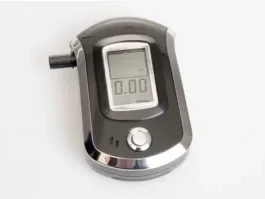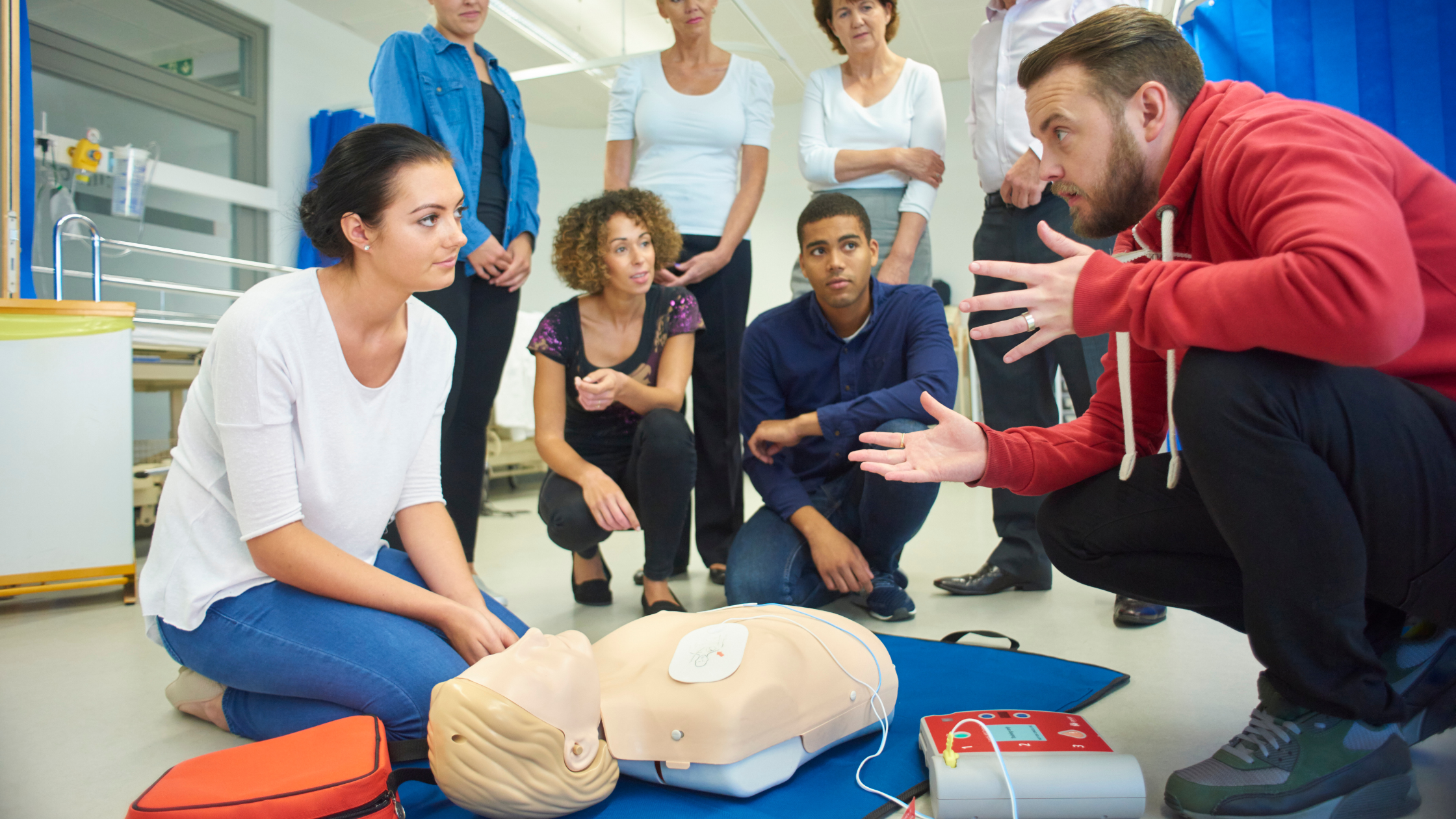A drug and alcohol training course covers topics such as understanding organisational guidelines for drug and alcohol testing, communicating testing requirements to employees, planning for drug and alcohol testing, and undertaking random testing, reasonable cause testing, and post-incident testing. Participants who are required to perform on-site drug and alcohol testing within a work environment or would like to work within the drug and alcohol testing industry as testers or collectors are expected to familiarise themselves with these topics during the training.
In today’s post, we will delve deep into the things that participants will learn in this nationally accredited drug and alcohol testing course HLTPAT005.
Different Types of Drug Screens
Drug tests involve the collection and analysis of urine and saliva to detect the presence of the chemicals and contaminants left behind in the body from drug use. These tests may also be conducted to detect performance-enhancing drugs such as steroids and HGH among professional athletes. There are different types of drug screens for different purposes.
Urine Drug Screening
This type of test is the most popular and makes up the vast majority of the employment drug screenings conducted in Australia. It’s mainly popular because it’s the cheapest and simplest collection process available. The specimen is usually collected at a clinic or testing facility and is then sent to a laboratory for screening.
The results will show either false or positive for a specific set of drugs, depending on the type of panel test. Some of the panel tests are the 4-panel drug screen (THC, cocaine, opiates, and methamphetamine) and the 5-panel drug screen (amphetamines, cocaine, opioids, phencyclidine, and amphetamines) which is mostly used by employers. Other substances like benzodiazepines, barbiturates, buprenorphine, methadone, methaqualone, propoxyphene, oxycodone, tricycle antidepressants, and Quaaludes can be tested for with additional panels.
Oral Fluid Drug Screening
Saliva-based drug testing may be a relatively new technology, but it is increasing in popularity since it is a less invasive form of testing compared to urine drug screening. It also has a shorter window of detection (for example, the window of detection for marijuana in the saliva is only 7-21 hours) compared to urinalysis, and can easily detect the use of most drug types even if 2-3 days have lapsed. Most substances tested for include alcohol, marijuana, cocaine, amphetamine, methamphetamine (including ecstasy), PCP, and THC.
Even though it is more expensive than urinalysis, its cost is offset as the specimen is not easily adulterated or substituted. Its main disadvantage, however, is that it has limited ability to detect cannabis. With rapid advances in technology, oral fluid drug screening may have an improved ability to detect this substance.
Common Drug Testing Programs
There are many drug testing programs commonly used in Australia, which include:
– Pre-employment testing
– Random testing
– Post-accident testing
– Targeted testing
The choice of drug testing program to implement depends on the testing requirements. Targeted or for-cause testing is used in workplace settings and sporting events where the target of the screening is suspected of drug use. In clinical settings where a patient’s substance intake should be determined, targeted testing may also be done.
Pre-employment testing is implemented in the workplace, while post-accident testing applies when workplace and road traffic accidents occurred. As for random testing, it is applied in the workplace, roadside, and sport settings, mainly to deter drug use. Participants of the nationally accredited drug and alcohol testing course HLTPAT005 will learn more about these drug testing programs during their training.
The Drug Testing Process
Drug testing is a two-step process, regardless of whether it occurs in the workplace, the sporting arena, the roadside, or in a clinical setting. The first step is the initial on-site screen, which involves the use of a point of collection test device. These devices use immunoassay techniques that are less accurate than laboratory analysis.
The second step involves laboratory analysis to confirm the accuracy of the initial on-site screen. Laboratory analysis employs more accurate mass-spectrometry techniques to detect the presence of a drug. The drug testing process must comply with the relevant Australian Standards to ensure the reliable detection and quantitation of drugs in biological specimens such as urine, and saliva.
Drug Testing and the Australian Law
In Australia, it is perfectly legal to conduct workplace drug and alcohol testing. Employers, however, must ensure a comprehensive workplace drug and alcohol policy is in place. Before employees undergo drug or alcohol tests, employers need to educate them on the terms of their workplace drug and alcohol policy.
So, if you’re wondering if drug and alcohol testing at work is legal, the answer is yes (provided that it is part of a comprehensive workplace drug and alcohol policy). Drug and alcohol screening is compulsory for some industries such as aviation, construction, and transport. Amendments to the Building Code 2013 have made it mandatory for building contractors to undergo testing, particularly if they are working on building sites financed by federal dollars.
Main Takeaway
During a drug and alcohol testing training course, participants will learn about the different types of drug screens and the relevant Australian Standards for specimen collection, storage, handling, transport to a laboratory, and quality control management, among others. They will also learn about the drug testing process and how to properly conduct on-site screens.
Interested in this drug and alcohol testing course?
Become a drug and alcohol test officer or collector by enrolling in this nationally accredited drug and alcohol testing course HLTPAT005. For more information on the course content and fees, don’t hesitate to get in touch with us.



